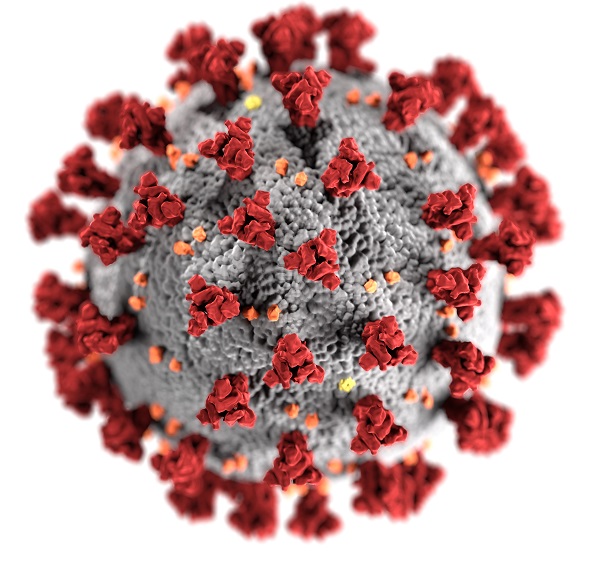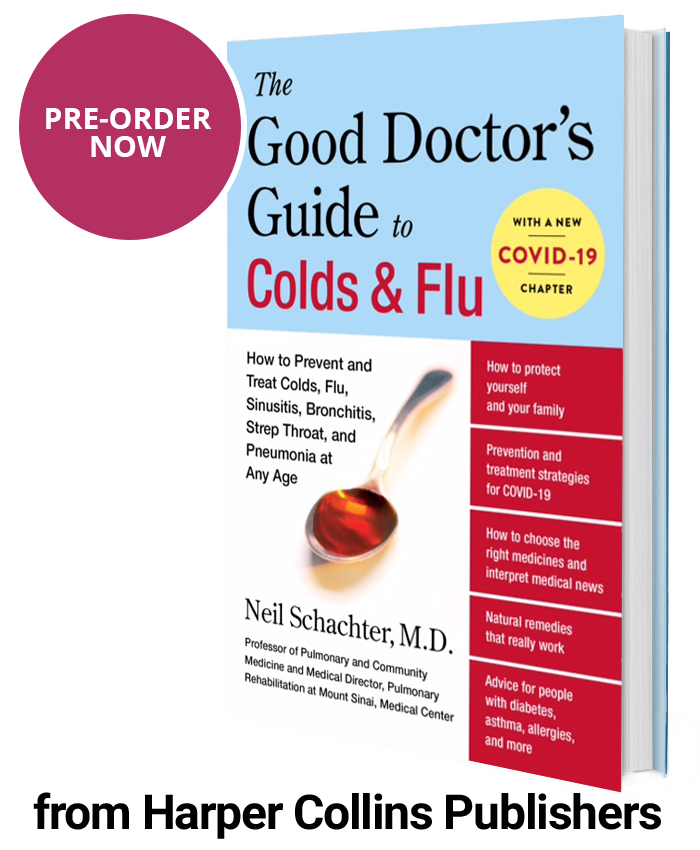In December 2019, doctors in China reported a cluster of cases of a severe and often fatal pneumonia. The cause was quickly identified as a new strain of corona virus and named by the WHO as SARS-COV-2, shortened to COVID-19. Researchers at first believed the virus came from bats sold at the Wuhan live market. In the weeks that followed, clusters of this deadly infection appeared miles away in people who had no connection to the market.
Within a month, COVID-19 cases appeared in South Korea, Japan and Thailand. On January 1 2020, the first case appeared in the USA. Just two months later, COVID-19 would strike 177 countries. Less than a year after the few cluster appeared in Wuhan, there are more than fifty million cases and more than one million deaths—about a 3% fatality rate which is fifty times the death rate of seasonal flu.
COVID-19 can produce an unconventional pattern of symptoms. The CDC estimated up to 40% people who are infected have little or no symptoms. Mild COVID can feel like a bad cold with fever around 100F, sore throat, body aches and often loss of sense of smell or taste. Moderate COVID can feel like a bad flu with a pounding headache, high fever, and painful cough. Severe COVID often starts suddenly 4-7 days into the illness with shortness of breath, crushing chest pain and raging fever. If these symptoms appear, call 911 immediately to get essential medical care.
COVID-19 is an airborne virus that enters thru your nose and mouth . In mild cases, the virus stays in the upper respiratory system. When the virus spreads down the lungs the illness becomes more severe causing pneumonia and intense inflammation. The body tries to mount a defense against the virus and the surge of infection-fighting proteins trigger a cytokine storm that can damage the heart, kidneys, and brain. About 30% of hospitalized COVID patients develop blood clots.
We do not yet have a specific drug to treat COVID. After trial and error in the first year of the COVID pandemic, doctors now use anti-coagulants to prevent blood clots and steroids to control cytokine storm. Researchers are continuing to look for anti-viral agents to treat early stage COVID to prevent serious complications.
Vaccines are the gold standard for dealing with disease-causing viruses. Currently there are over 100 research teams throughout the world working to produce safe and effective vaccines. They are using knowledge and technologies developed to find vaccines for Ebola, HPV and shingles.
In the absence of targeted COVID treatment and/or a vaccine, our best offense is a strong defense. Wear a face mask, wash hands frequently and practice social distancing. This means avoiding crowds or places like sporting events, concerts, theaters, and public transportation.
The new chapter on COVID-19 in the Good Doctor’s Guide to Colds and Flu will explain how to use what science has learned about COVID into practical advice to keep you and your family alive and well. For example, it explores why some people are at higher risk for serious COVID outcomes, lets you know about a simple life-saving home device to spot COVID complications and describes the six common supplements that doctors are using to treat mild and moderate COVID.


